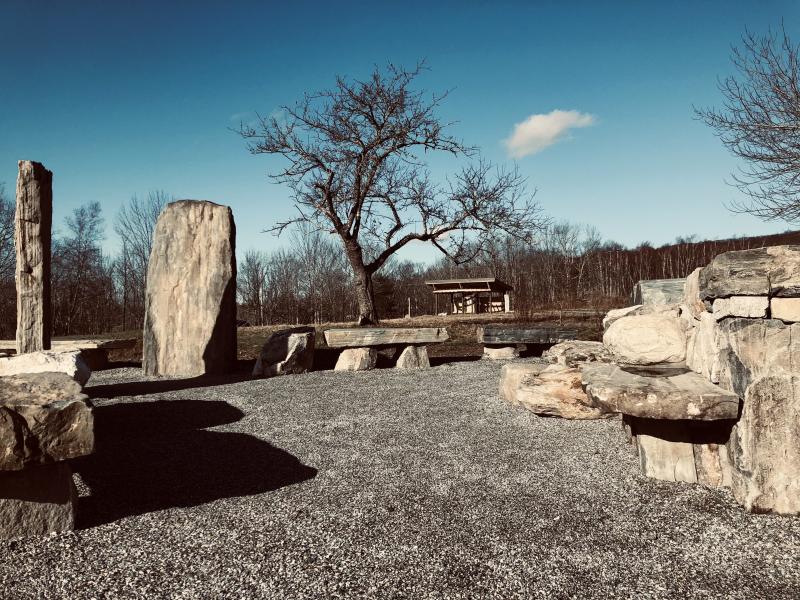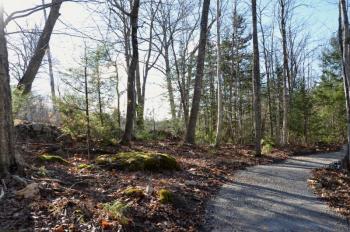‘A critical piece to creating a vibrant, connected community’: Pathways promise to produce health, commerce benefits

With COVID-19 vaccines hitting thousands of Mainers’ arms this spring and into the summer, Mainers are expected to continue flocking outdoors in droves as they have throughout the pandemic.
Some will take a hike along one of the many breathtaking trails with which the Midcoast is blessed. Others, meanwhile, will do their best to ride their bicycle along roadways built exclusively for vehicular traffic.
Inactivity is the world’s fourth leading cause of death, according to a late March article from Euronews.
Every year an estimated 5.3 million people die from causes related to inactive living, according to the site, and 1.5 billion worldwide risk their long-term physical health due to inactivity.
One’s inactivity, generally, is chalked up to laziness though, as Euronews denotes, is “geographic, systemic, and woven into the structure of modern living.”
A way to tackle the inactivity crisis is to redesign community infrastructure by establishing pathways for walking or cycling.
It is an issue already being examined and advocated for here in the Midcoast.
“One of the keys to getting people out on bikes or walking is to connect popular destinations with good infrastructure that's fun or picturesque to use,” said Geoff Scott, chairman of the Camden-Rockport Pathways Committee. “In our communities we have a history of focusing on connecting destinations with vehicular infrastructure and related parking areas [and] that's what needs to change if you want to see more people riding and walking. It's an old adage, that's been proven to work across the country, that if you build it, they will come.”
Adding pathways reduces the distance pedestrians and cyclists are near vehicles, which resulted in a 20 percent decline of injuries for motorists, pedestrians and bicyclists in New York City on streets with protected bike lanes added, according to AARP.
Driving Route 1 heading south through Brunswick, scores of people walk, ride or skate on their riverside pathway, Scott observed. Beautiful harborside walks, Scott likewise noted, are used by masses of people in Rockland and Belfast.
“Walking and riding offers the chance to encounter a neighbor and say hi or catch up on local news, developing a stronger attachment to where we live,” he said. “Without the infrastructure, this won't or can't happen. That's why we need to update our infrastructure to accommodate new pathways.”
The addition of pathways can be beneficial for businesses.
Sixty-six percent of shops on a street in San Francisco reported an uptick in business, according to a San Francisco State University study, following the city’s reduction of the width for cars, widened the sidewalk and added bike infrastructure. Bike parking produced more than three times the revenue for Australian businesses than car parking in an hour, according to Smart Cities Dive.
“Getting people out is a critical piece to creating a vibrant, connected community,” Scott said.
































